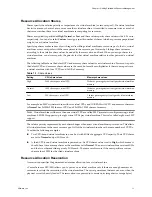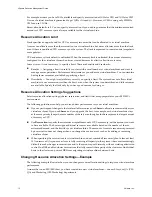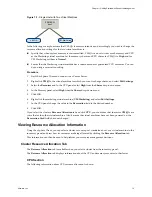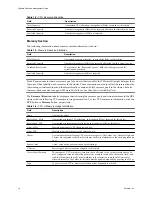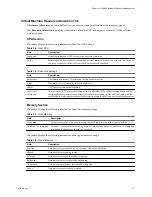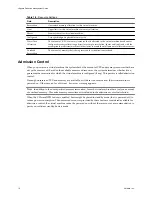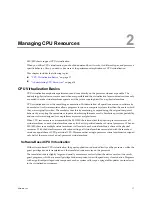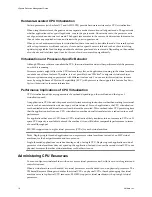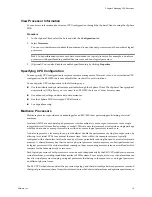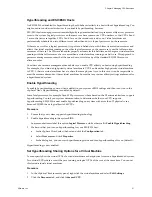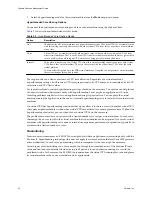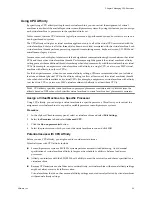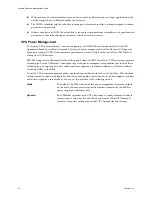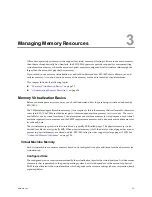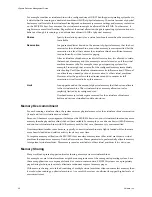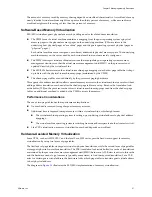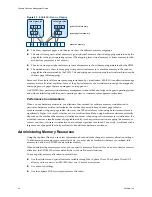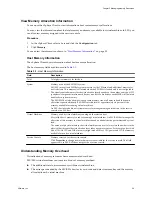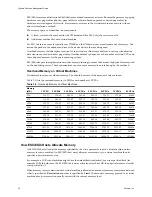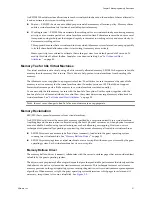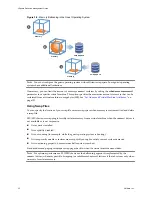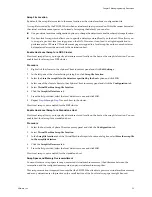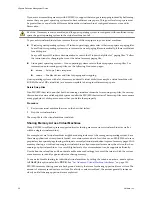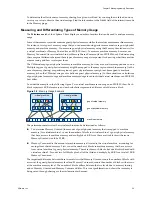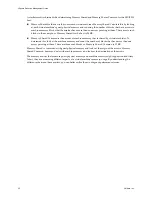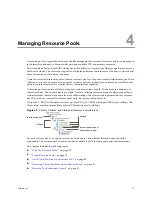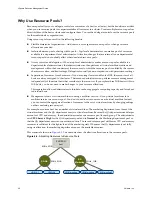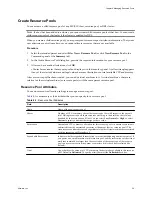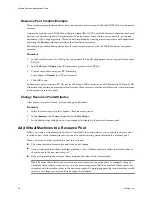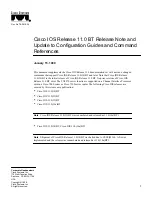
Managing Memory Resources
3
All modern operating systems provide support for virtual memory, allowing software to use more memory
than the machine physically has. Similarly, the ESX/ESXi hypervisor provides support for overcommitting
virtual machine memory, where the amount of guest memory configured for all virtual machines might be
larger than the amount of physical host memory.
If you intend to use memory virtualization, you should understand how ESX/ESXi hosts allocate, tax, and
reclaim memory. Also, you need to be aware of the memory overhead incurred by virtual machines.
This chapter includes the following topics:
n
“Memory Virtualization Basics,”
on page 25
n
“Administering Memory Resources,”
on page 28
Memory Virtualization Basics
Before you manage memory resources, you should understand how they are being virtualized and used by
ESX/ESXi.
The VMkernel manages all machine memory. (An exception to this is the memory that is allocated to the service
console in ESX.) The VMkernel dedicates part of this managed machine memory for its own use. The rest is
available for use by virtual machines. Virtual machines use machine memory for two purposes: each virtual
machine requires its own memory and the VMM requires some memory and a dynamic overhead memory for
its code and data.
The virtual memory space is divided into blocks, typically 4KB, called pages. The physical memory is also
divided into blocks, also typically 4KB. When physical memory is full, the data for virtual pages that are not
present in physical memory are stored on disk. ESX/ESXi also provides support for large pages (2 MB). See
“Advanced Memory Attributes,”
on page 100.
Virtual Machine Memory
Each virtual machine consumes memory based on its configured size, plus additional overhead memory for
virtualization.
Configured Size
The configured size is a construct maintained by the virtualization layer for the virtual machine. It is the amount
of memory that is presented to the guest operating system, but it is independent of the amount of physical
RAM that is allocated to the virtual machine, which depends on the resource settings (shares, reservation, limit)
explained below.
VMware, Inc.
25
Summary of Contents for ESX 4.0
Page 6: ...vSphere Resource Management Guide 6 VMware Inc...
Page 44: ...vSphere Resource Management Guide 44 VMware Inc...
Page 52: ...vSphere Resource Management Guide 52 VMware Inc...
Page 72: ...vSphere Resource Management Guide 72 VMware Inc...
Page 80: ...vSphere Resource Management Guide 80 VMware Inc...

